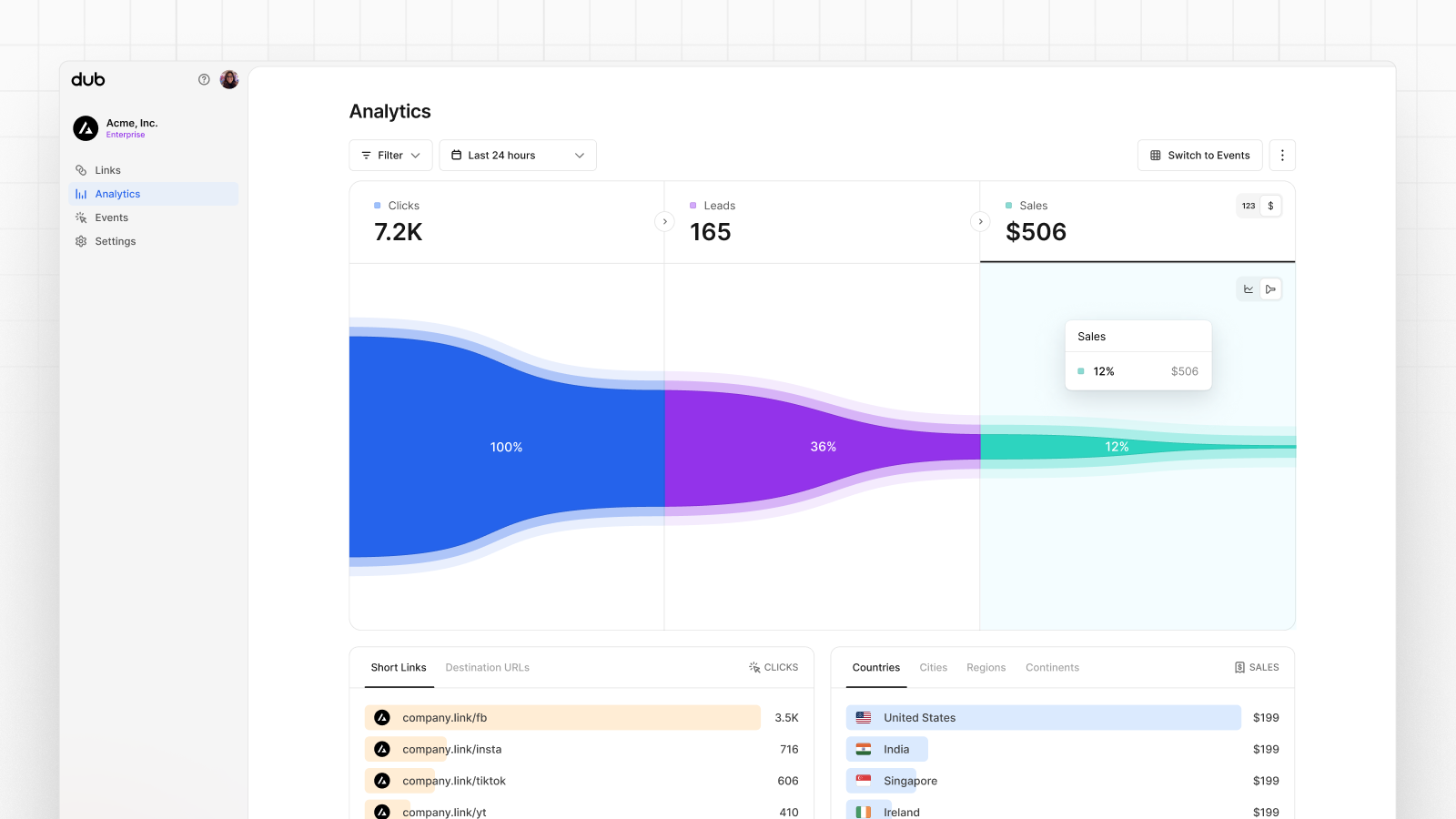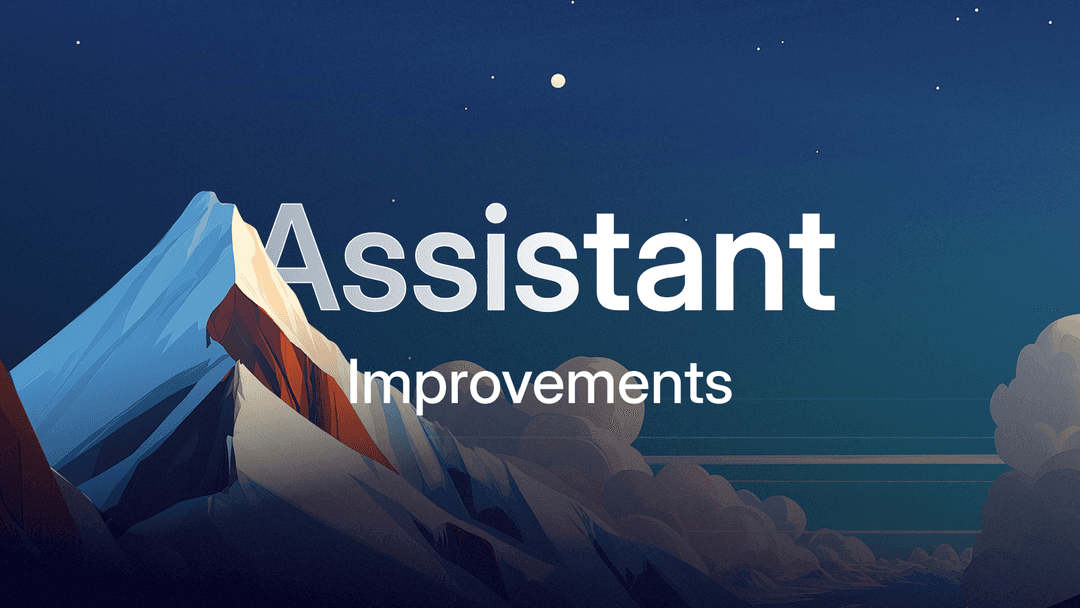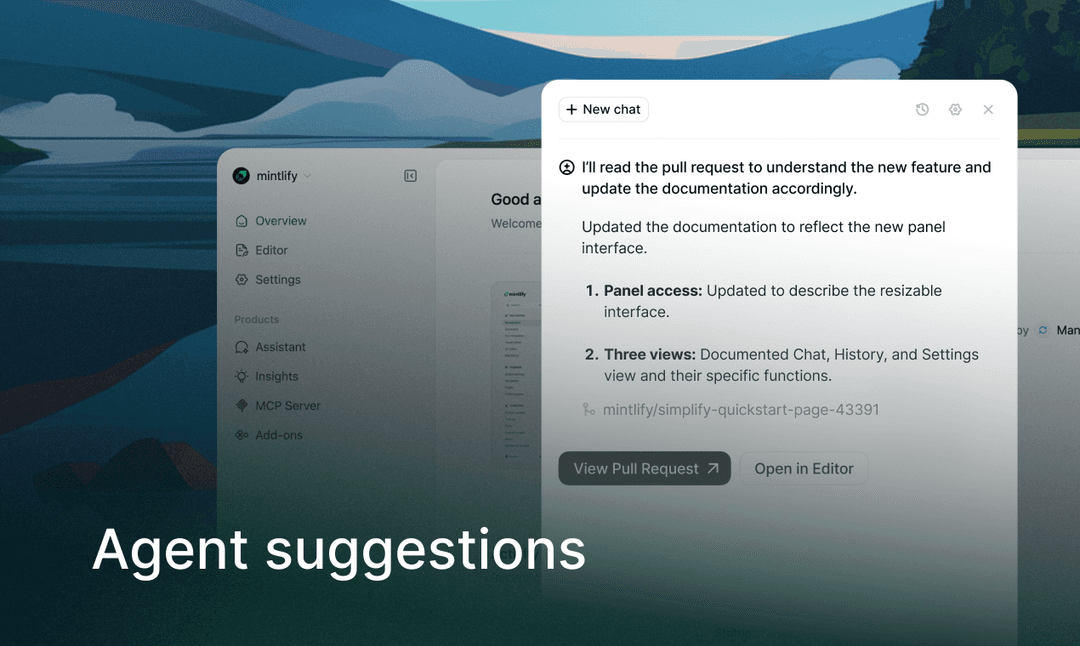Founder Mode: Dub's journey from side project to enterprise link attribution platform
February 10, 2025
Tiffany Chen
Marketing
Share this article

Steven Tey, founder of Dub, shares how he transformed a side project experimenting with edge computing into a successful link attribution platform by prioritizing exceptional design and building transparently in public. Dub's growth to 1,000 paying customers without paid marketing was driven by viral word-of-mouth, open-source development, and a focus on understanding the complete user journey from link click to conversion.
Founder Mode is a series uncovering how founders and early leaders operate at today's standout startups.
Founder Steven Tey transformed a part-time experiment with edge computing into Dub, a modern, powerful, and reliable link attribution platform. By prioritizing design and building transparently in public, Dub has attracted big customers like Twilio and Vercel, while staying true to its open-source roots.
Tell us about Dub's founding story—what sparked the idea for an open-source link shortener?
Dub actually started as a side project while I was at Vercel. It began as a way for me to experiment with the technologies we were shipping, primarily edge functions and middleware. I wanted to create something fast and low-latency, which led to the idea of a link shortener running close to users.
When I launched Dub as an open-source alternative to Bitly, it gained traction quite quickly. I was only coding part-time on nights and weekends, but people were organically discovering and subscribing to it. That growth felt like we might have product-market fit, and I began considering Dub's potential as a company.
What really caught my attention was how many people were using it for affiliate link tracking. Having run an affiliate-revenue-driven company before Vercel, I knew firsthand how legacy that software was. It also made sense from a product evolution standpoint for Dub — what happens after a user clicks on a link? Do they sign up for your product? Do they expand and invite teammates or do they churn after the first month?
This desire to understand the user journey drove Dub's evolution from a simple link shortener into an end-to-end marketing attribution platform.
You've put a strong emphasis on design from the beginning. Why was that such a priority?
While I'm not a designer by trade, I believe that exceptional design is critical for your product. Even with the strongest architecture, if your product has a terrible frontend, users won't care to try it.
This design focus set Dub apart from the start, especially in open-source where polish often takes a backseat. In the beginning, we worked with a great freelance designer who shaped our foundation, but as we grew, it became clear we needed someone to fully own the brand and its future.
With our high bar for design, finding our founding designer took six months. We weren't just looking for a strong portfolio or lots of experience. We needed someone eager to experiment with new ideas and ready to iterate on feedback, rather than impose pre-existing notions.

Dub hit 1,000 paying customers within a year without any paid marketing. What has been your GTM approach over time?
In the beginning, I naturally didn't want to spend anything on marketing since it was a side project. But if you're thinking about time as money, we spent the most resources on creating content.
Posting about our progress in public, sharing how we shipped features, and letting people explore our codebase—this type of content complemented our open-source platform nicely, all of which helped create a viral word-of-mouth engine.
That openness is actually how we got our first big clients. The head of engineering at Twilio first discovered us through our GitHub repo.
Now that we're scaling Dub up, we're formalizing our marketing strategy to understand what is most repeatable and worthy of further investment.
We're dividing marketing into a few big buckets:
- Product launches and creating social media hype
- SEO through building backlinks and strong content
- Affiliate marketing (which we heavily dogfood our own product for)
- Experimental ad campaigns with conversion tracking (via Dub Conversions)
How do you balance GTM responsibilities with coding as a solo founder?
It's definitely tricky being in the weeds of day-to-day development while also thinking about marketing and sales strategy.
The key has been carving out dedicated time blocks in my week to focus exclusively on critical tasks, whether that's development or GTM activities.
Also, even if it's not another co-founder, you should always have someone you can trust to bounce ideas for GTM. I actually lean on my wife a lot—she's not a marketer by trade, but she's an incredible sounding board for how to tell Dub's story compellingly.
Your marketing site is incredibly polished. How do you stay inspired?
I believe deeply in drawing inspiration from and contributing back to the community—a rising tide lifts all ships.
We naturally gravitate toward products with exceptional design like Linear and Mintlify, and when we see something that works well, we are quick to learn from it. Rather than reinventing the wheel for some elements, we focus energy on adapting proven patterns and adding our own spin.
This open philosophy extends to how we share our own work. Part of building in public and sharing our approach is to help others take inspiration as well.
Finally, there's an important balance between building beautiful designs and actually converting users. While we love our site's aesthetics, we're constantly measuring and A/B testing (using our own conversion tracking API) to ensure it performs as well as it looks.
Ready for more Founder Mode? Drop us a line @mintlify with topics you'd like to hear about and stay tuned.
More blog posts to read

Inside our effort to improve the Mintlify assistant
A data-driven look at improving the assistant, powered by ClickHouse and deeper feedback analysis.
December 12, 2025Patrick Foster
Software Engineer

Introducing the next step towards self-updating docs
The agent now monitors your codebase, proactively identifies documentation updates, and surfaces needed suggestions to your team.
December 8, 2025Han Wang
Co-Founder
Tiffany Chen
Marketing